 - Recently, the Project "Enhancing Vietnamese language for preschool children and primary school students in ethnic minority areas in the period of 2016 - 2020, with a vision to 2025" has been implemented methodically and flexibly by the provincialeducation sector, helping ethnic minority students confidently study and develop their skills.
- Recently, the Project "Enhancing Vietnamese language for preschool children and primary school students in ethnic minority areas in the period of 2016 - 2020, with a vision to 2025" has been implemented methodically and flexibly by the provincialeducation sector, helping ethnic minority students confidently study and develop their skills.
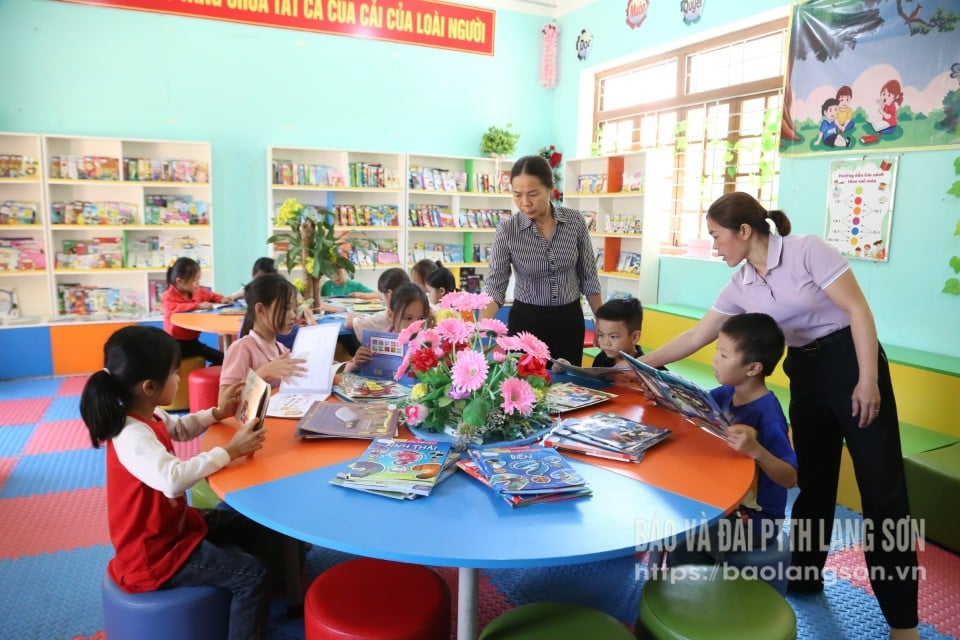
The project "Enhancing Vietnamese language for preschool children and primary school students in ethnic minority areas in the period of 2016 - 2020, with a vision to 2025" was implemented in 2016 according to Decision No. 1008/QD-TTg, dated June 2, 2016 of the Prime Minister . The content of the project has become an important task in the journey to improve the quality of education in mountainous areas.
Flexible in implementation
Since the 2016-2017 school year, the education sector has proactively issued a plan to implement the project, specifying it in periodic directives and guidance documents for each school year. The project content is flexibly integrated into the school education plan, with the motto "every day at school is a day of language training", suitable for each age group, each level of education and regional characteristics.
For preschoolers, schools organize educational activities in a child-centered manner, making the most of storytelling time, reading poetry, playing games, and outdoor activities to integrate Vietnamese listening and speaking skills. For primary school students, schools proactively adjust teaching plans, increase Vietnamese language time, organize tutoring, and provide special support for students with weak language skills, helping them gradually catch up with the program.
Mr. Ho Cong Liem, Deputy Director of the Department of Education and Training, said: “Since the first years of implementation, the sector has provided unified direction from the province to the grassroots in developing plans, selecting priority content, and establishing a rich Vietnamese language environment. In addition to professional activities, the education sector considers coordinating with families and the community to establish a Vietnamese language learning environment as a key solution, creating a sustainable foundation.”
One of the notable highlights is the focus on investing in and promoting a learning environment rich in Vietnamese language. In the period 2016-2025, the whole province has established nearly 500 "Vietnamese learning corners" in preschool and primary school classrooms in ethnic minority areas. Each corner is vividly designed with pictures, word cards, word boards, comics, and age-appropriate books. The school library system has been supplemented with tens of thousands of new books, and many places also organize group reading activities and storytelling based on pictures to help children develop natural expression skills in Vietnamese. Notably, 95% of schools have instructed parents to set up learning corners at home, enhancing the connection between school and family in the process of supporting children in learning languages.
Along with that, the work of training and improving the capacity of the teaching staff is focused on. In nearly 10 years, the province has organized more than 600 training courses, professional development for over 75,000 managers, preschool and primary school teachers. The training content goes into depth, focusing on child-centered language development methods, skills to build a friendly Vietnamese learning environment, and integrating bilingual education in classrooms with ethnic minority students.
Teacher Linh Thu Huong, a teacher at Binh Phuc Kindergarten, Van Quan District, shared: “Through specialized training courses, we have a deeper understanding of the psychological and linguistic characteristics of ethnic minority children, thereby choosing appropriate forms of communication. In class, I often use drawings, toy models, recite poems, tell stories combined with illustrative movements to help children remember easily and be more confident when communicating.”
Not only within the school framework, the provincial education sector also synchronously implemented solutions in coordination with parents and the community. In the period 2016-2025, the whole province organized 1,590 training classes for parents, attracting nearly 90,000 participants. These classes not only provided basic knowledge on methods of teaching children to learn Vietnamese, but also provided specific instructions on how to tell stories, read books with children, and create the habit of using Vietnamese in daily life. Since then, ethnic minority parents have become more proactive, contributing to expanding the Vietnamese learning environment at home, creating continuity in children's language reception and practice.
These synchronous and practical solutions not only help ethnic minority children effectively access Vietnamese, the main language in the educational program, but also contribute to improving the overall quality of teaching and learning.
Create a clear transformation
After nearly a decade of persistently implementing the project, students' language skills and learning quality have changed positively. At the preschool level, according to statistics, the rate of children meeting the requirements in the field of language development each year is 96.3% or higher, of which 100% of 5-year-old children meet the standards, ensuring readiness for grade 1. This is an important age group, if children are well equipped with Vietnamese, they will be able to absorb lessons quickly, no longer feeling afraid or lost when entering a formal learning environment.
The change is also evident in primary schools, where Vietnamese is not only an independent subject, but also a foundation for students to access the entire educational program. Thanks to increased study time, appropriate teaching methods, and a rich Vietnamese language environment inside and outside the classroom, the quality of Vietnamese in schools has changed positively over the years. If in the 2021-2022 school year, the percentage of students who completed the Vietnamese subject well was only 54.8%, by the 2024-2025 school year, this number had increased to 67%; meanwhile, the percentage of students who did not complete the subject decreased from 0.6% to 0.43%.
Along with the quality of learning, the effectiveness of mobilizing ethnic minority students to attend school and maintaining the number of students is also increasingly sustainable. In the period 2016-2025, the rate of mobilizing 5-year-old ethnic minority preschool children to attend class reached 99.9%, maintained consistently over the years. At the primary level, the number of students studying 2 sessions/day increased rapidly, reaching 100% from the 2021-2022 school year, creating favorable conditions to increase support for Vietnamese, organize communication activities, and practice learning in the common language. This is an important foundation for students to access subjects, while practicing the ability to think and present problems in Vietnamese, a key requirement of the new general education program.
In many communes, Vietnamese language enhancement activities have been flexibly and effectively integrated into each specific learning model. At Yen Khoi Kindergarten (Loc Binh district), all kindergarten classes have a corner for storytelling with pictures, where children actively choose pictures and retell the content according to their own understanding. Mau Son Primary School (Cao Loc district) has implemented the model of "Creative Reading Corner", where students not only read aloud but also share with their friends what they understand from the book they have just read. That Khe Town Primary School (Trang Dinh) organizes the "Friendly Library" theme, maintaining the habit of reading Vietnamese books every day for ethnic minority students. These practical models are gradually forming a close and effective Vietnamese language learning ecosystem in the highland school environment.
Phung Thi My Hanh, a 3A student at Lien Hoi Primary and Secondary School for Ethnic Minorities (Van Quan District), shared: “In class, the teacher often lets us participate in storytelling, role-playing and playing games in Vietnamese. Thanks to that, I can speak Vietnamese more fluently and confidently stand in front of the class. At home, I also try to talk to my parents in Vietnamese to get used to it. If there is a word I don’t understand, I ask the teacher or my friends.”
From a teacher's perspective, Ms. Nguyen Thi Phuong, Dinh Lap Town Primary School, expressed: "As a teacher who directly teaches, I clearly feel the change in students' ability to receive knowledge and language skills over the years. Previously, many students were often shy and hesitant to speak up because of their limited Vietnamese vocabulary. But thanks to increased training from grade 1, through activities such as storytelling, role-playing, language games and organizing Vietnamese learning corners, students are more confident, speaking and writing much better. In particular, students also learn other subjects faster because they clearly understand the requirements of the lesson."
The above positive changes not only affirm the effectiveness of the project but also contribute to narrowing the language gap between students in disadvantaged and advantaged areas, improving the quality of comprehensive education.
Source: https://baolangson.vn/vung-tieng-viet-sang-tuong-lai-5049819.html








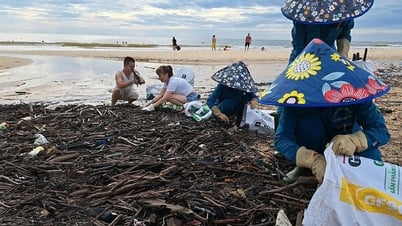

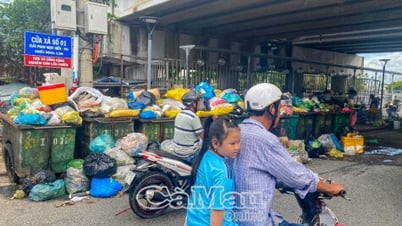




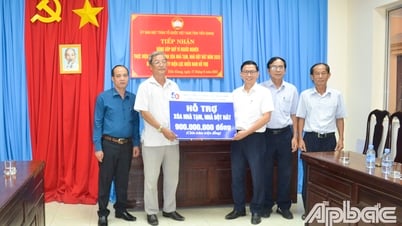






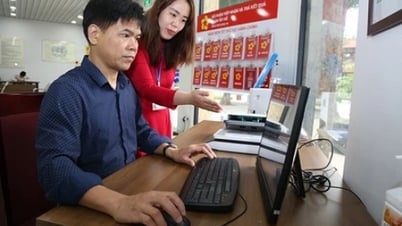



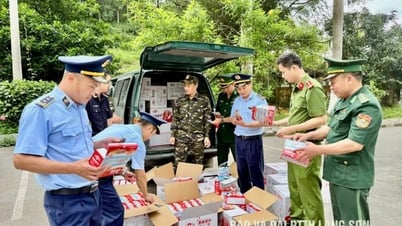

























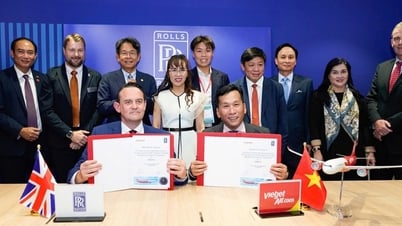

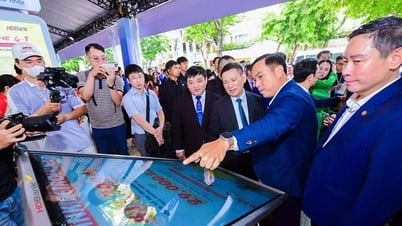

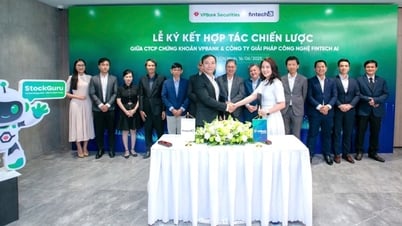














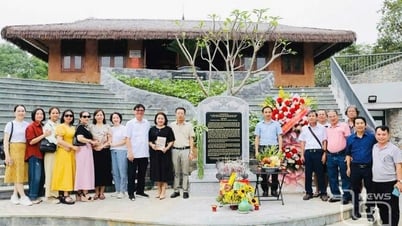

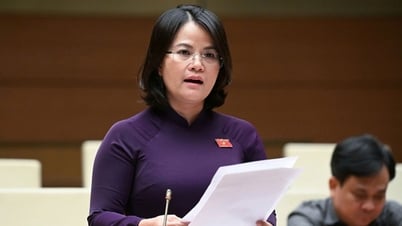
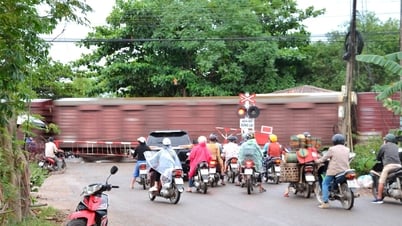

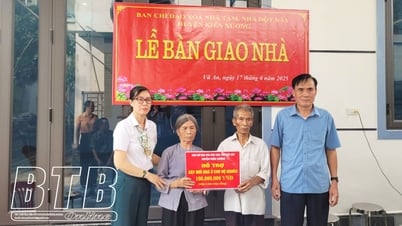
















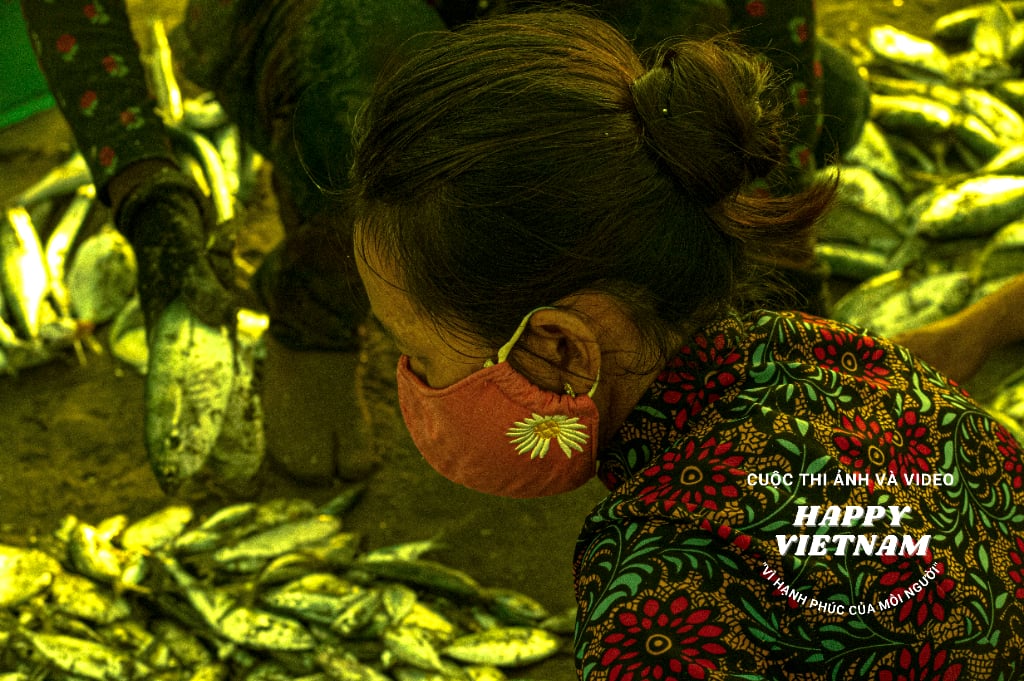

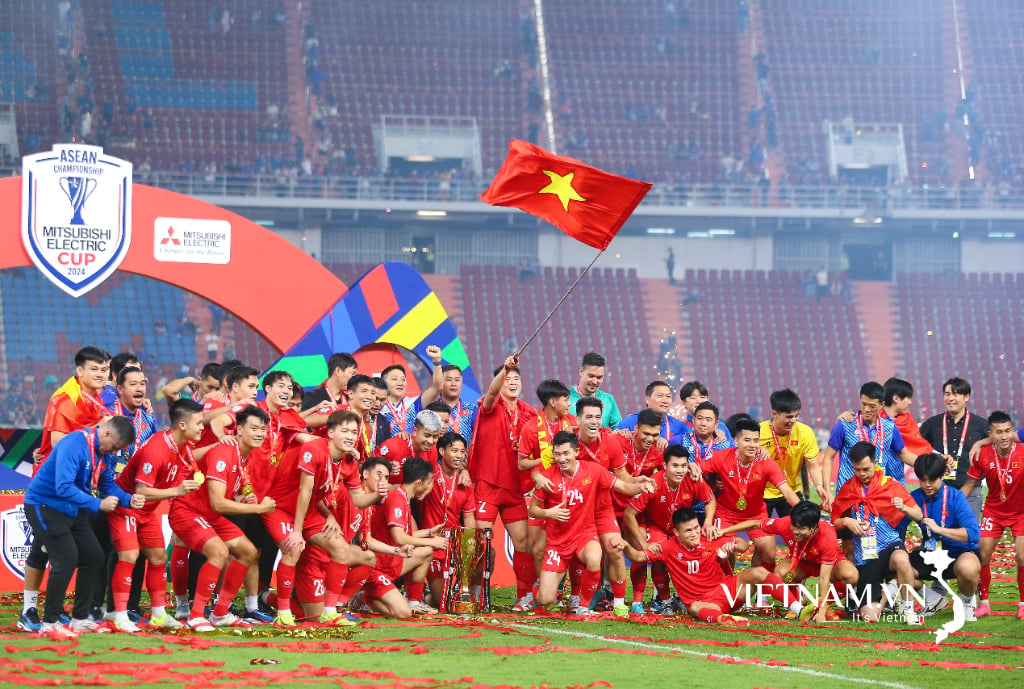

Comment (0)